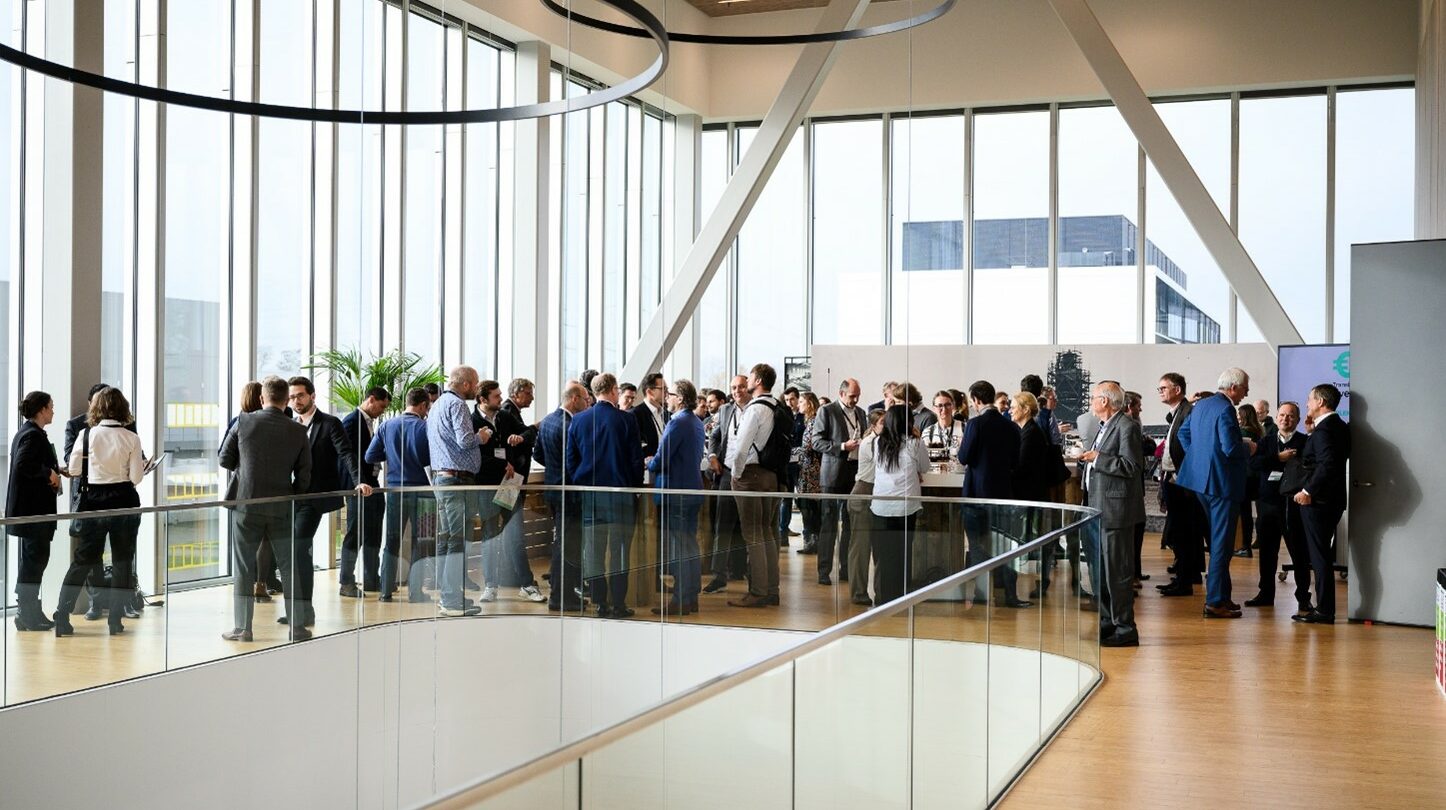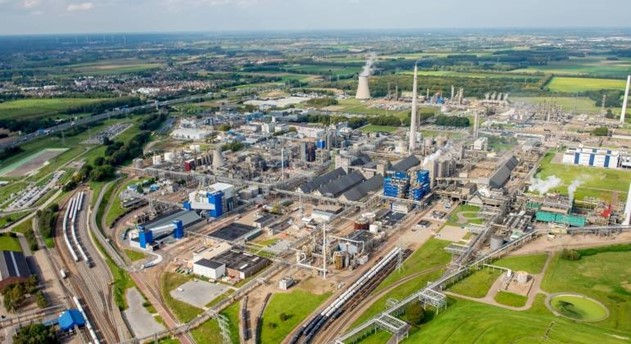Transition Plans Are Set To Become A Licence To Get Funding: Key Takeaways From The Transition Finance Event

An unprecedented industrial transformation that the chemical industry has to undergo by 2050 will require billions of investments over the next decades.
So how can companies secure the appropriate funding to embark on the ambitious transition?
More than 200 attendees gathered at a recent Transition Finance event organised in Chemelot, one of the EU’s largest chemical clusters to discuss strategies for accessing much-needed finance.
“To obtain the necessary funding, having a clear transition plan integrated into the overall company strategy is key, yet increasing evidence shows that despite investor expectations, only a minority of companies are developing transition plans ”
Elia Trippel, Special Advisor to the Directors Environment Directorate at the Organisation for Economic Co-operation and Development (OECD).
Such a plan should include clear deliverables, key performance indicators (KPIs)/accountability mechanisms, and a timeline to provide the needed clarity and reassurance to investors. To learn more about credible transition plans, visit the OECD Guidance on Transition Finance.
But what financial instruments are available for European chemical companies striving to achieve the climate goals by 2050?
The costs necessary to address the substantial changes required can become exceedingly high, and companies usually look for multiple sources of funding. Thomas van den Nieuwenhuizen, Consultant Environment EGEN, shared his insights on the available funding tools:
- Grants and subsidies for innovative circular pilot or demo-scale projects by SMEs. For example, EIC accelerator (also offering equity financing), Eurostars Funding, EIT RM Accelerator;
- Guarantees for infrastructure and equipment needed for recycling and investments that allow for reduction of primary materials or uptake of secondary materials, most suitable for innovative Midcaps (less than 3000 employees), for example, EIB guarantees and EIF Sustainable Portfolio Guarantee;
- Equity for scale-ups with a proven concept or pilot plants, a proven revenue model and commercial traction, good growth fundamentals and clear circular value potential. Relevant examples include equity investors (ING sustainable investments, EU Circular Bioeconomy Fund Circularity Capital, BPI France (invests in other funds) and Angel investors (Green Angel, Circular Investment, Circulate Capital)
- Debt for sustainable investments concerning solid waste, energy or transport infrastructure: loans targeting circular economy projects (e.g. EIB Venture Debt, InvestEU Debt Fund, Intesa Sanpaolo S-Loan);
- Alternative Finance to support the creation of investment-ready and bankable projects by, for example, providing project development assistance (e.g. HOOP, CircularInvest)
For additional information on public funding, Cefic members can use the EU Funding €xplorer, a member-exclusive tool tailored for the chemical industry, providing an overview of major European grants.

Throughout the event, a resounding message echoed: it’s crucial to maintain a strong chemical industry in Europe. The chemical industry plays a vital role in every manufacturing sector as it is an essential component of the value chain for many products including the ones necessary for reaching the climate and circularity goals. “There can’t be a green future without a competitive and sustainable chemical industry,” stressed Karlo Van Dam, Director of Sustainable Industry of the Ministry of Economic Affairs & Climate Policy of The Netherlands at the panel discussion during the first day of the event. Dr. Michiel Scheffer, President of the European Innovation Council, emphasized “We have funding available for projects aligned with the Green Deal in Europe, but it’s essential for the industry to step forward with robust and well-defined proposals.”
